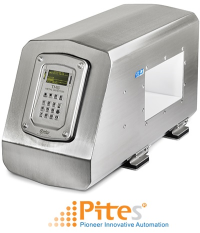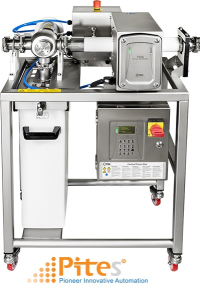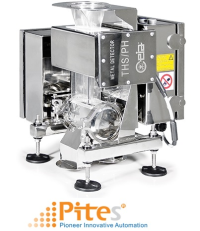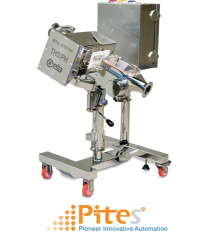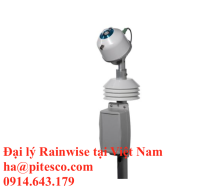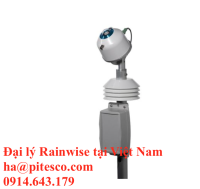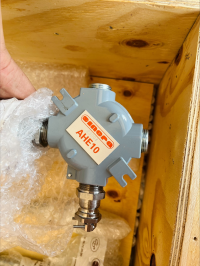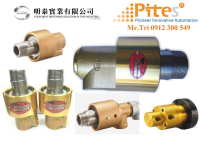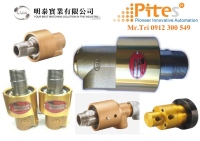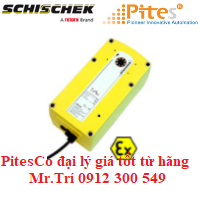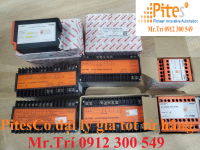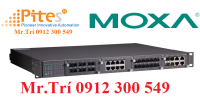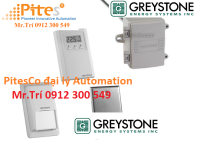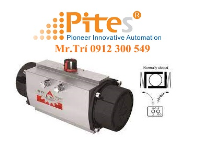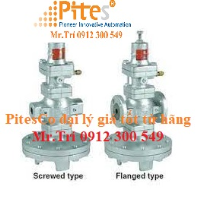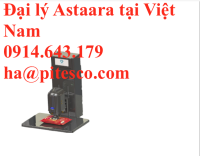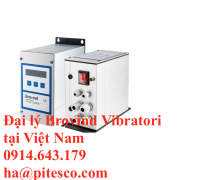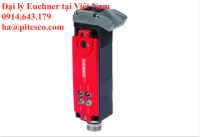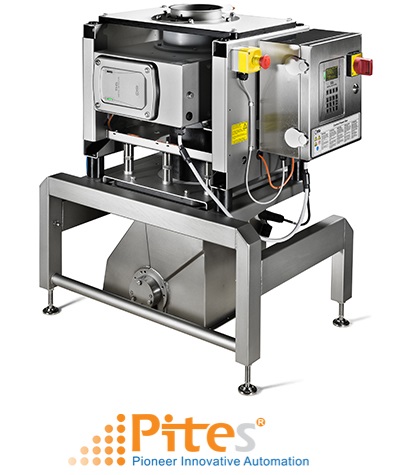
THS FFV21 CEIA Vietnam
Hãng sản xuất: CEIA
THS FFV21 CEIA, THS FFV21 CEIA Vietnam , THS FFV21 CEIA Viet Nam
CEIA , CEIA Vietnam , CEIA Viet nam
-
State-of-the Art Quality Control of powder and granular products
-
Detection and ejection of magnetic, non-magnetic and stainless steel metal contaminants
-
Fast detection and rejection speed
-
Fail-Safe Operations
-
Structure and components in AISI 316L Stainless Steel and food-compatible plastics (EU, FDA compliant)
-
Very compact size
-
ATEX version available
CEIA THS/FFV21 Integrated System is especially designed for the inspection of granular and powder products and the elimination of any contaminating metals, whether magnetic, non-magnetic or stainless-steel.
Integrated system for gravity feed
The carefully selected materials used in construction of the THS/FFV21 Integrated System do not interact with food products, and thus do not modify or alter their composition.
The design of the system incorporates a fast reject valve drive response time to detect and reject the contaminant without slowing down the product flow.
The construction guarantees quick, easy cleaning of the components that are in contact with the product. The technological choices made by CEIA allow the parts in contact with the product to be disassembled and maintained in a short time. The system operates in fail-safe mode, thus avoiding the risk of contaminants passing through even when the system is deactivated or when the electrical power supply is interrupted.
Multi-spectrum technology
Exclusively developed by CEIA, this is a unique metal detection technology that both optimizes sensitivity to all metal contaminants and minimizes product effect in a very wide range of possible products.
By recognizing the different frequency response of conductive products and metals, this innovative technology cancels product effect and maintains high performance levels for all types of metal contaminants, both magnetic and non-magnetic.
The autolearn function used by CEIA Multi-Spectrum metal detectors equates to the repetition of hundreds of conventional transits. It explores the whole spectrum of available frequencies in order to determine the best operating conditions resulting in unique detection performance.







 Mr. Hà
Mr. Hà live:ha_1652
live:ha_1652